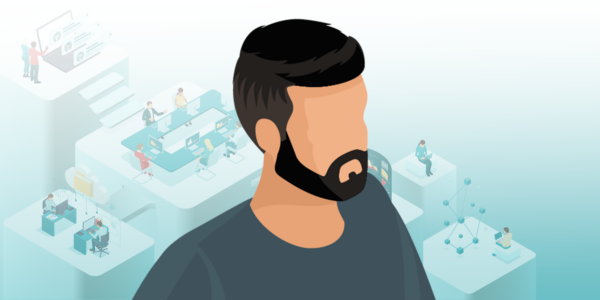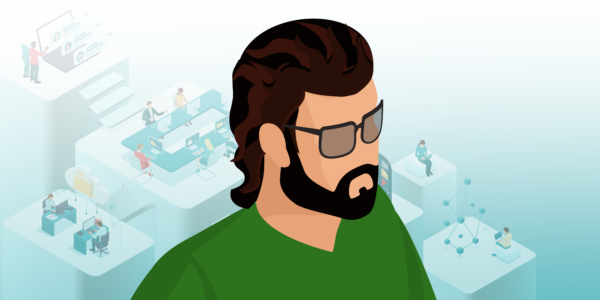Transforming your business model with new technologies
Reading time : 3 minutesRegardless of the industry, a dominant business model tends to emerge over time. Unless there are major changes in the market, this model presents the way to optimize the creation of value through the efficient use of resources.
It’s not often that a new model disrupts the established order, but it is possible. When an innovative model adequately addresses new needs with the latest technologies, entire industries can be shaken up. Examples: Airbnb and Uber have changed the way we commute and travel.
To ensure your company’s place in its market, you need to adapt your business model to include new technologies. Generating more value, lowering your costs and creating new revenue streams are all within your reach!
“You should think about how digital technology can transform the way your business creates value. You can use digital technologies to rethink and improve every aspect of your business model – from customer relationships to key processes and your value proposition.”
Anna Walkowiak
Senior Business Advisor and Business Model Innovation Lead, BDC Advisory Services
6 keys to success
A study published in the Harvard Business Review looked at 40 transformative business models to identify the factors that contribute most to their success. Researchers looked at relatively new companies such as Amazon, Etsy, Uber, Coursera and TaskRabbit, but also at older companies that have been able to renew the way they operate. These include IKEA, Nike and Rolls-Royce.
The study identified 6 keys to success. No company displayed all of them, but they can provide food for thought and lead you to consider new avenues.
-
Personalization
Many new business models are able to offer more personalized products and services. Thanks to new technologies, prices can remain competitive. Nike By You, for example, offers to personalize its Nike shoes, which enhances the customer experience.
-
A closed-loop process
Traditionally, a product was made, used and then disposed of. This linear model is now being replaced by a closed loop: the end of a good’s useful life brings it back to its maker, where it is transformed and put back into circulation. Canon, for example, recovers parts from its old cameras, recycles them and uses the materials to manufacture new Canon products.
-
Asset sharing
Asset sharing allows for a mutual exchange of value, usually through a digital platform. Airbnb, for example, allows users to share the costs of an expensive property, such as a home, with other users. The latter, in turn, benefit from lower prices than those charged in the traditional tourist network.
-
Usage-based pricing
Rather than paying for the whole product at once, more and more companies are proposing billing based on the use of the good or service. This is particularly true of IT solutions called SaaS (Software as a Service), which are accessible by subscription via the cloud. SaaS solutions are therefore opposed to programs that must be acquired by your company and installed on your infrastructure. Microsoft 365 and its cloud platform Azure is a good example of usage-based pricing.
-
A collaborative ecosystem
Technology can help you improve collaboration with your supply chain partners. Optimizing your processes and fairly allocating business risks opens the door to cost reductions. Amazon is a master of ecosystems, combining the interests of customers, suppliers, vendors, businesses, developers and influencers. They all collaborate with the same goal in mind: generating maximum revenue.
-
An agile organization
Fostering agility in your company means increasing its ability to innovate. Being able to adapt quickly to new market demands and expectations is a major asset. The Zara retail chain is known for its “extreme agility.” Traditionally, designers try to influence the market, whereas Zara creates in response to its customers’ preferences. The effect of this reversal is amplified by an optimized supply chain: Two weeks can separate the first design of a garment and its release for sale.
Would you like to know how new technologies could improve your business model?
Contact our experts, they’ll be happy to discuss it with you.
Sources :





